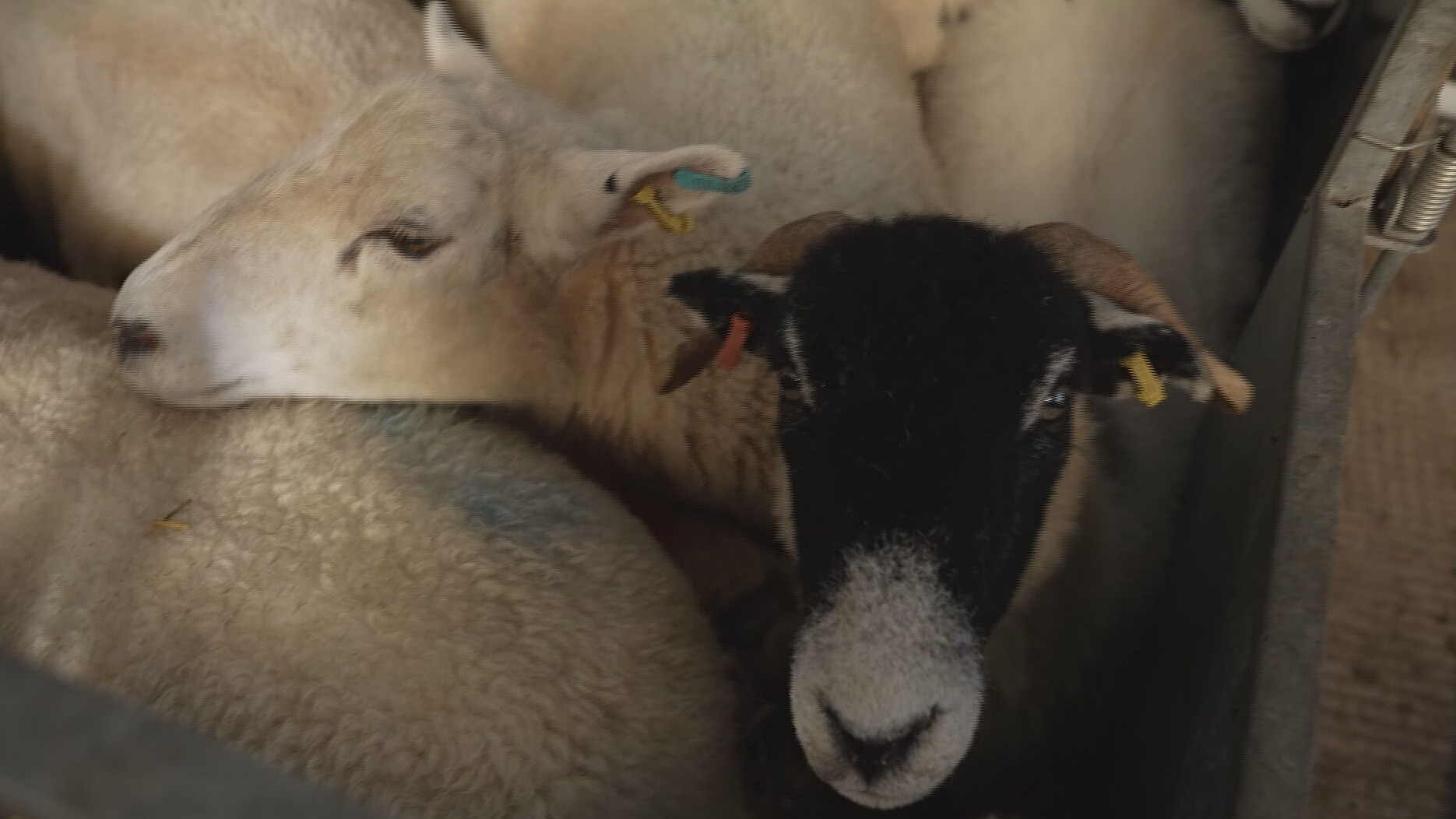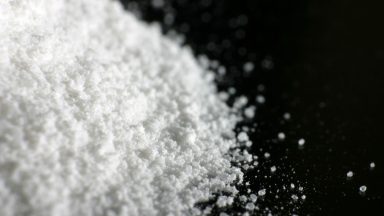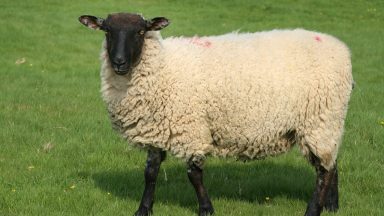ITV News Science Correspondent Martin Stew visits a farm in Yorkshire where an unusual solution to reducing the UK’s carbon emissions is being trialled
Around 6% of the UK’s greenhouse gas emissions come from livestock.
Much of that is methane – released when cows and sheep burp, belch, and yes, fart.
While methane remains in the atmosphere for only about ten to 12 years (compared to centuries for carbon dioxide), its warming effect is around 28 times stronger.
So, how can we measure these emissions, and ultimately reduce them?
The Game and Wildlife Conservation Trust is trialling one unusual solution: portable emissions chambers (PACs) – nicknamed “fart chambers.”
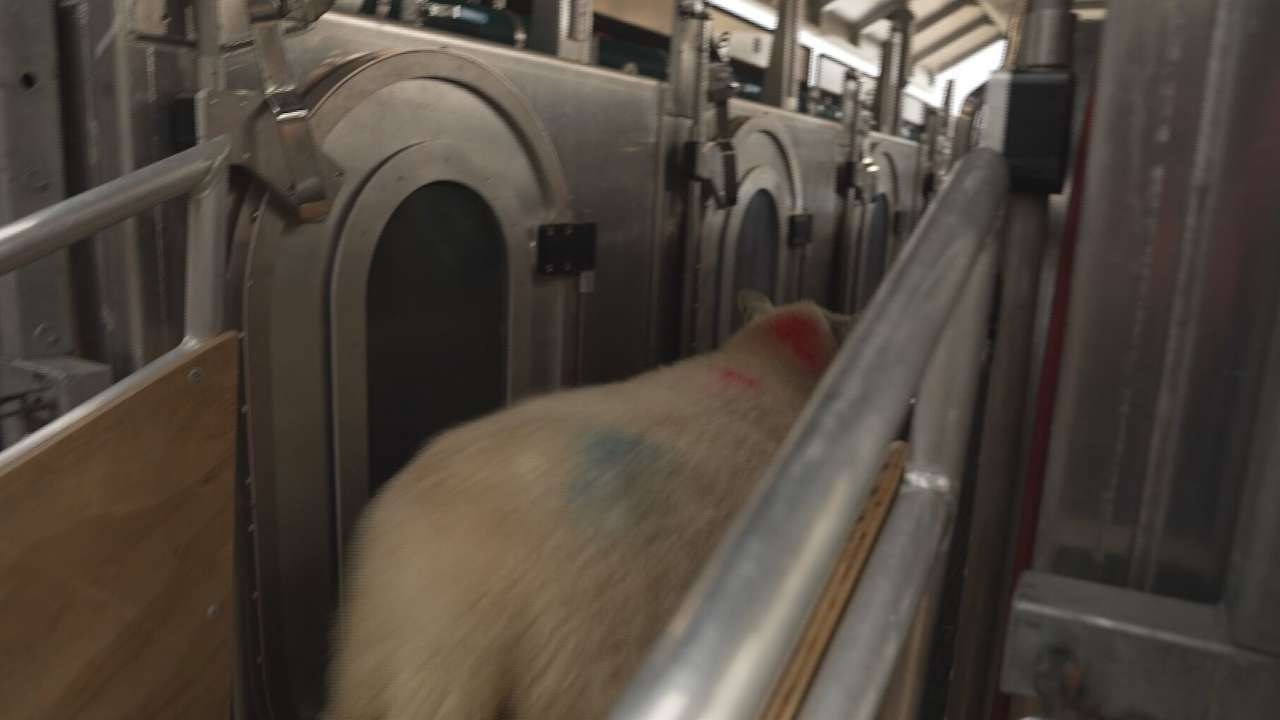
Here’s how it works: after grazing, sheep are placed in individual metal chambers for about 50 minutes. As they chew the cud, the methane they emit can be precisely measured.
“I think of it as a fart chamber, but it’s mostly burps, isn’t it?” I asked John Gordon, a technician from Scotland’s Rural College.
“It’s more burps,” he confirmed.
“The methane we’re measuring comes from the sheep’s stomach, released through their mouth and nose.”
The trials are taking place at Home Farm in Swinithwaite, deep in the Yorkshire Dales, which is home to several breeds, including Swaledale sheep, named after a local valley.
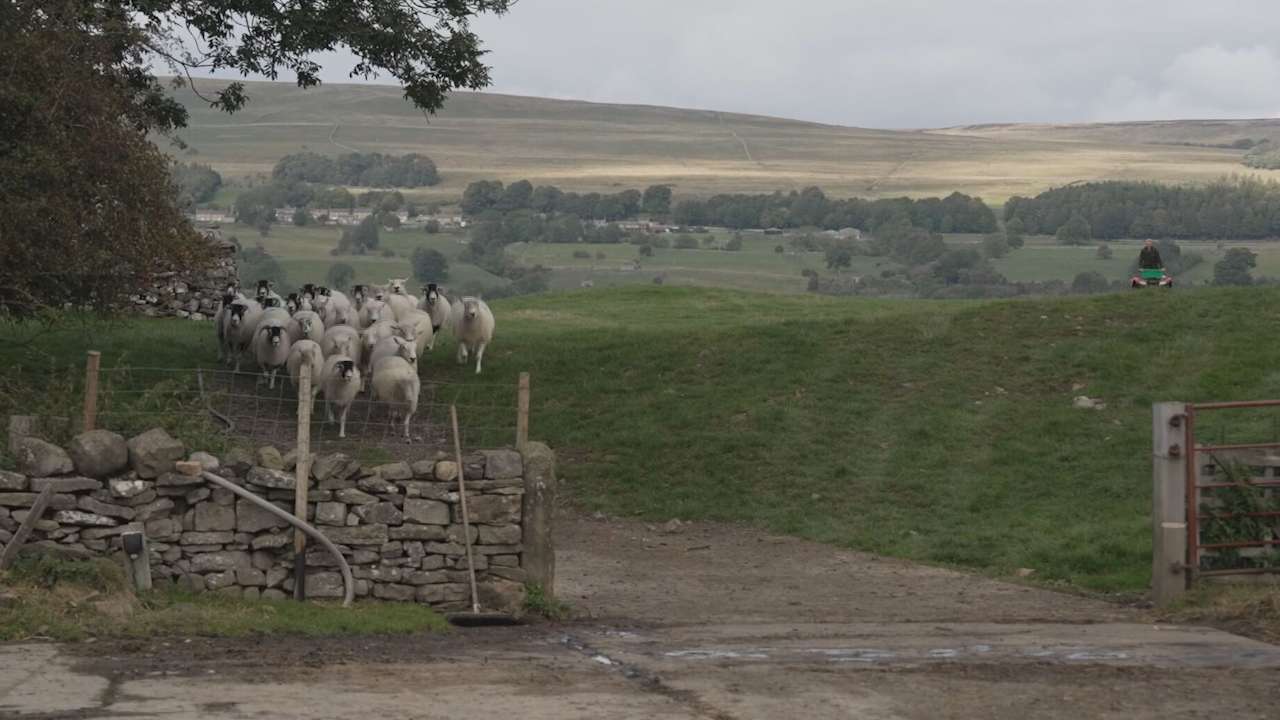
“We’re trying to establish if the Swaledale sheep is the best sheep for our native environment,” the Farm’s owner, Adrian Thornton-Berry, told me.
“We’ve got moorland, which is one of the world’s rarest resources and that needs an animal to graze it.
“A lot of the local farmers are switching more to a commercial breed, which isn’t as well suited, I believe, to the natural habitat as a natural Swaledale sheep.”
By comparing emissions from the hardy black-faced Swaledale to Texel crosses – a meatier, introduced breed – scientists hope to assess how well each digests the rugged hill pastures.
The sheep will also be rotated across different fields and hillsides to study which combinations of animals and diets produce the lowest carbon “hoofprint.”
“Just like any industry, you need data,” Michael Priestley from the National Sheep Association explained.
“The agricultural sector has committed to getting to net zero by 2040, so reducing methane in our sheep and cattle will be part of achieving that.”
It will take months to collect and analyse all the data.
But Adrian hopes that giving Swaledale sheep an environmental value will help secure their place in the Dales – and protect the precious moorland they help to sustain.
Follow STV News on WhatsApp
Scan the QR code on your mobile device for all the latest news from around the country


